Text
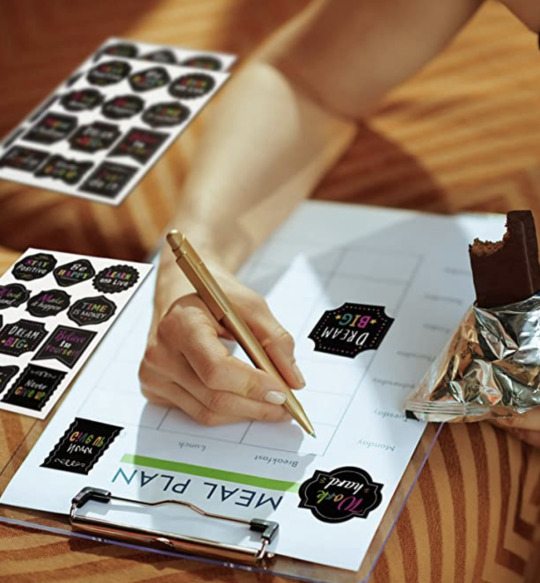
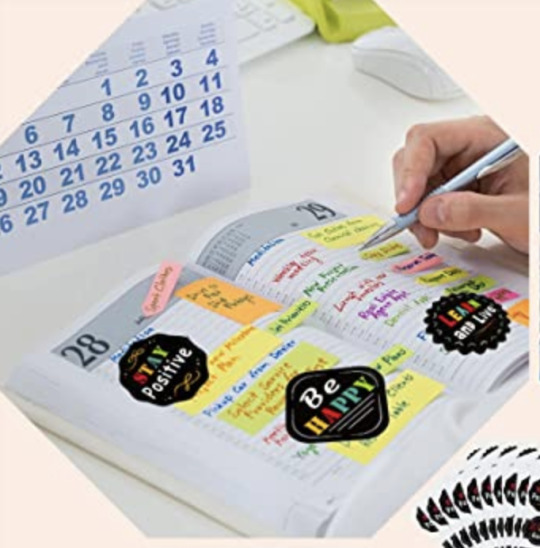


240 Pieces Inspiring Planner Stickers Inspirational Quote Stickers Motivational Encouragement Stickers for Laptop Book Phone Car Luggage Bike (Black), September 2019, From Amazon.
These stickers have all of the classic "toxic positivity" phrases often seen online, which encourage viewers to ignore their struggles in order to remain positive and force productivity.
The repeated use of kids for imagery here is interesting...
5 notes
·
View notes
Text

Our Answer All-Out Production, Canada, WWII Propaganda Poster, from sometime in the 1940s, via Wikimedia Commons.
64 notes
·
View notes
Text
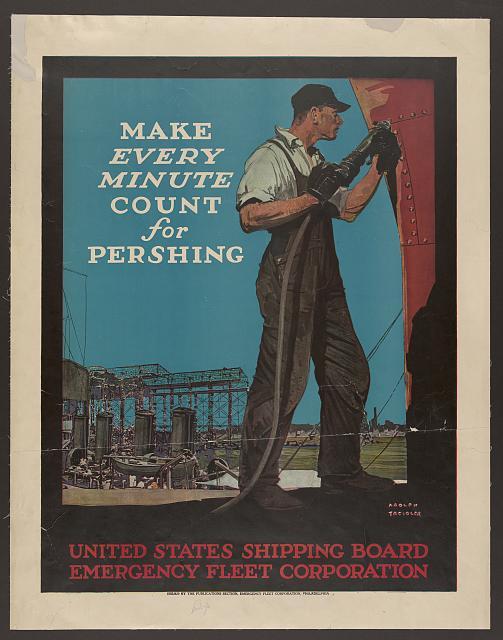
Make every minute count for Pershing by Adolph Treidler, 1917 via the Library of Congress.
It should not come as a surprise that propaganda was incredibly prevalent in the U.S. during WWII. The U.S. Office for Emergency Management's War Production Board created many such images encouraging productivity. One reason for these posters was increasing tension between management and workers. As labor strikes became increasingly prevalent, propaganda was vital to creating a complacent workforce by repackaging labor as one's own patriotic duty. (Source)
4 notes
·
View notes
Text

World War II Propaganda Poster featuring the phrase "America's answer! Production" by artist Jean Carlu, public domain via Wikimedia Commons. Dated 1942 (source).
"Although ordinary folk on the outside, each [worker] has a secret and dramatic life leading up to the factory job and each has been redeemed spiritually by contributing to the national crusade to the defeat of Fascism" -Tales from the Gutting Room Floor, Peter C. Rollins
4 notes
·
View notes
Text
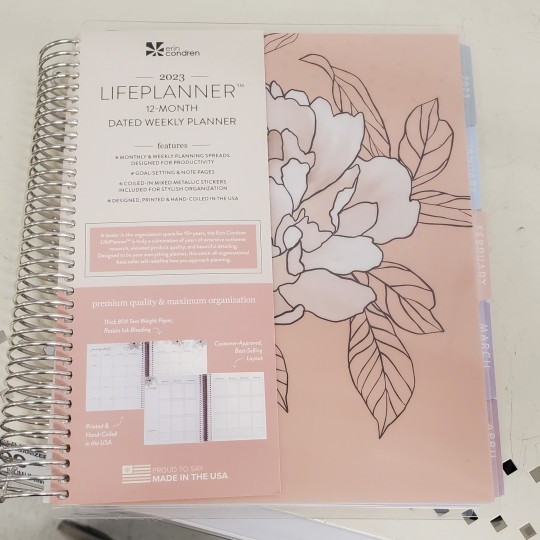
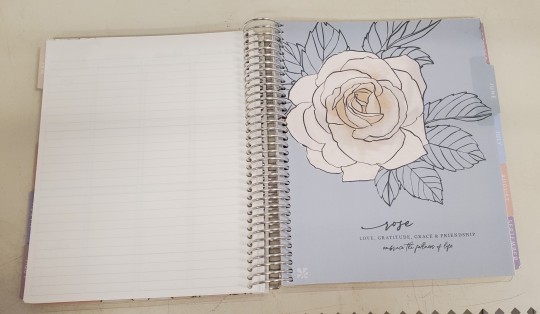
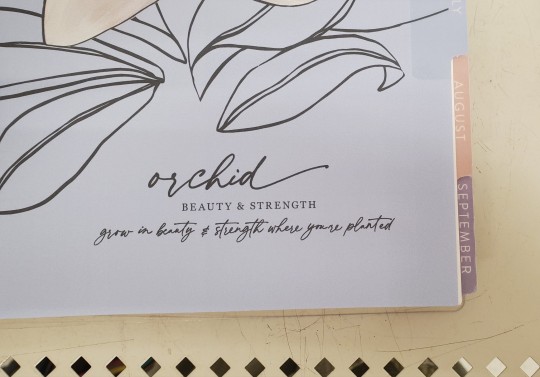
Some select pages from a planner by Erin Condren, found at a local Target.
The spreads with flowers and short messages are particularly interesting. The messages seem well-intentioned, but do not promote healthy thinking. Instead of encouraging mindfulness, they are simply empty "positive" messages, which encourage users to dismiss their own stressful emotions. AKA: Toxic Positivity. (Source)
0 notes
Text

Diary of Susan B. Anthony, 1865, via the Library of Congress
In the 1850s, standardized diaries begin to become popular. Working-class women adopted this format intended for rich men and popularized it.
Planning becomes something moral during this time-- etiquette manuals encouraged users to "improve the time" and use planners to improve oneself. (source)
1 note
·
View note
Text

Page from one of Thomas Jefferson's account books, kept in a copy of the Virginia Almanac. Dated between 1767 and 1793. Public domain via the Library of Congress.
Almanacs were used before dedicated planners came along. People would use their almanac to record information about their money, day, etc. In the early U.S., this was mainly done as a result of a religious obligation to be "accountable to God". (source)
1 note
·
View note
Text
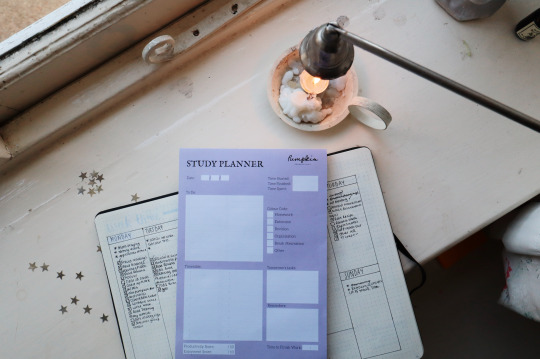
This planner by Ruby Granger features a box in the bottom left corner for users to rate their productivity and enjoyment. Putting these together implies a relationship between the two, therefore encouraging users to relate personal satisfaction with their ability to be productive.
Source
0 notes
Text
youtube
This video incorporates SO MUCH stock footage...
0 notes
Text
youtube
The title of the video says everything you need to know I think...
Video Source
1 note
·
View note
Text
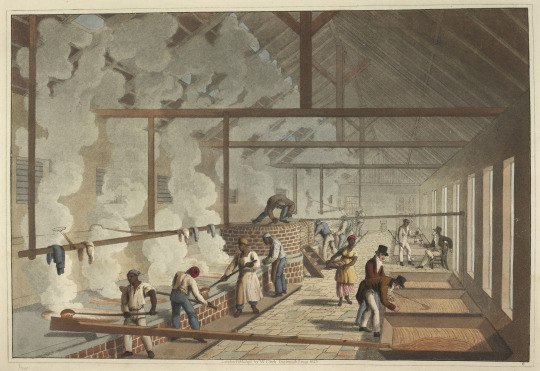
William Clark, Ten views in the island of Antigua, 1823 (public domain)
Much of plantation illustrations throughout the 17th century and onward catered to European audiences' desire to feel modern. For these audiences, "modernity" meant showcasing productive, industrialized, new technology. Needless to say they come far from representing the reality of Caribbean sugar plantations. (source)
0 notes
Text

Eduardo Laplante, Ingenio Flor de Cuba casa de calderas, 1857 (public domain).
Much of plantation illustrations throughout the 17th century and onward catered to European audiences' desire to feel modern. For these audiences, "modernity" meant showcasing productive, industrialized, new technology. Needless to say they come far from representing the reality of Caribbean sugar plantations. (source)
0 notes
Text



Various products featuring the tagline "everyday I'm hustlin'" from fashion brand Lingua Franca. I'm not sure the date these products came out, but know it must have been before January of 2020.
When hustling became cool, it was co-opted by large corporations (most notably Uber who updated its values in 2015 to include “always be hustlin’”), and distanced from its origin in Blackness. "Hustle" has since been used as a strategy to sell productivity to workers. (source)
Sources: One, Two, Three
1 note
·
View note